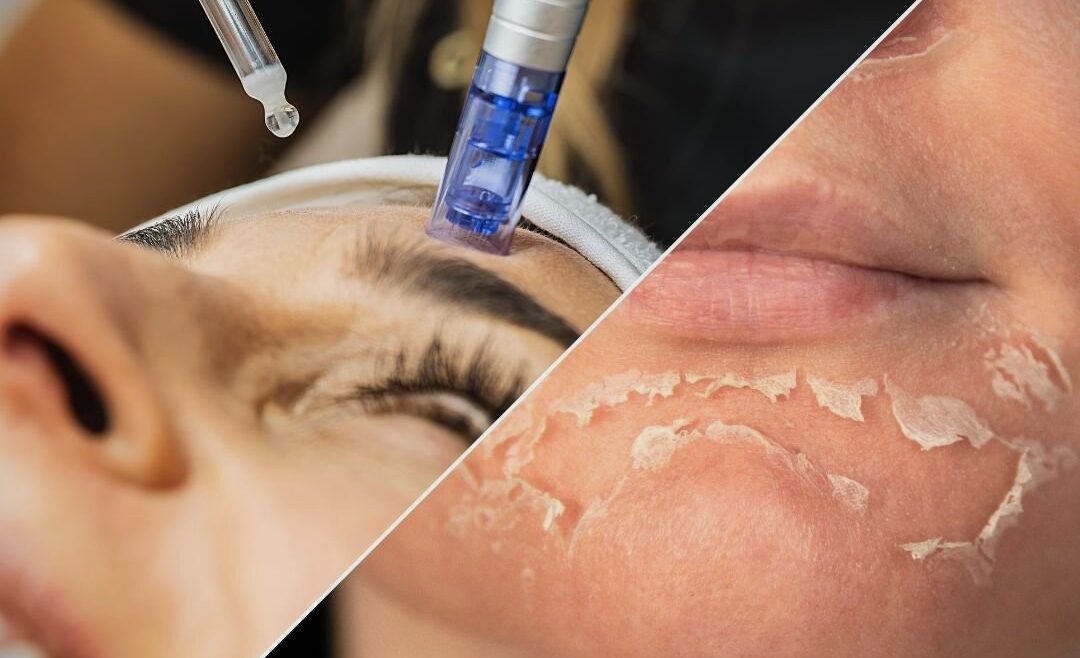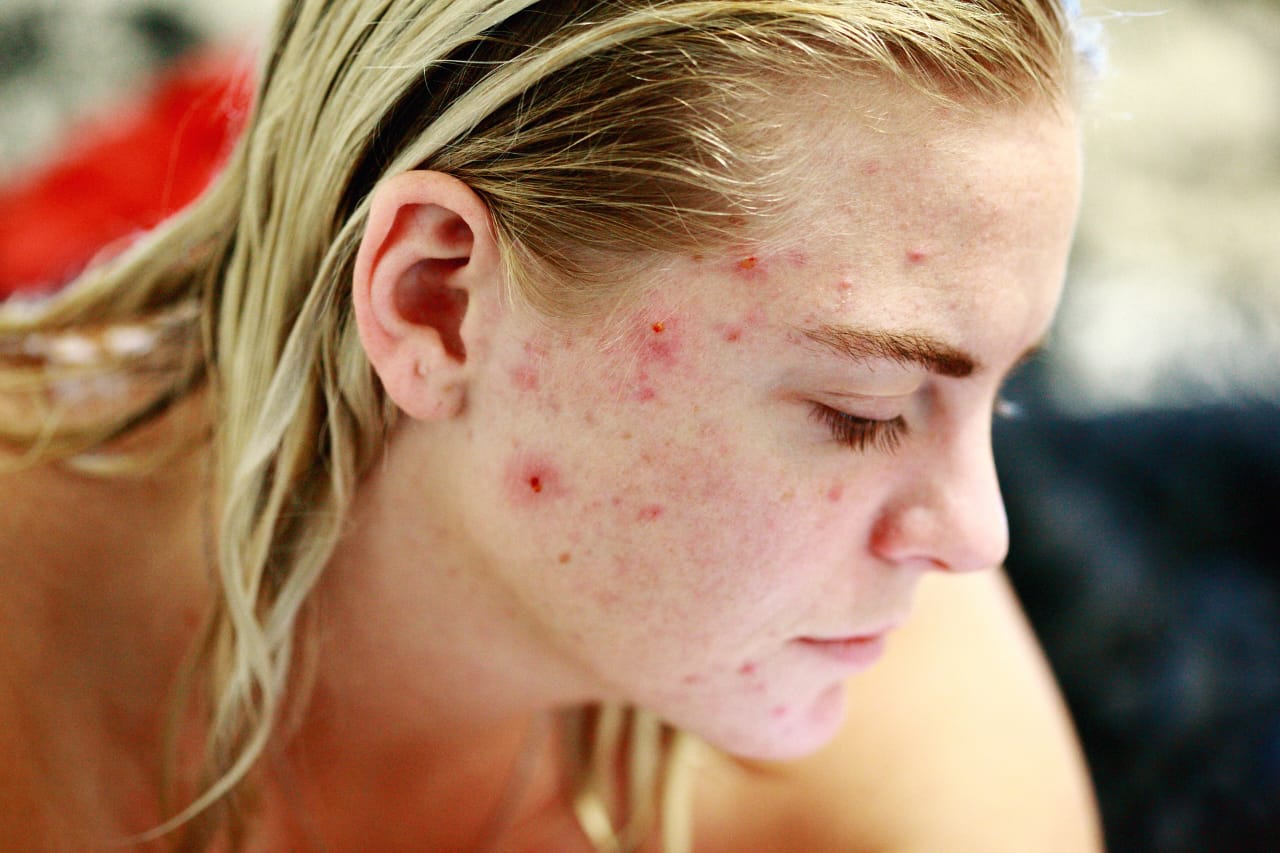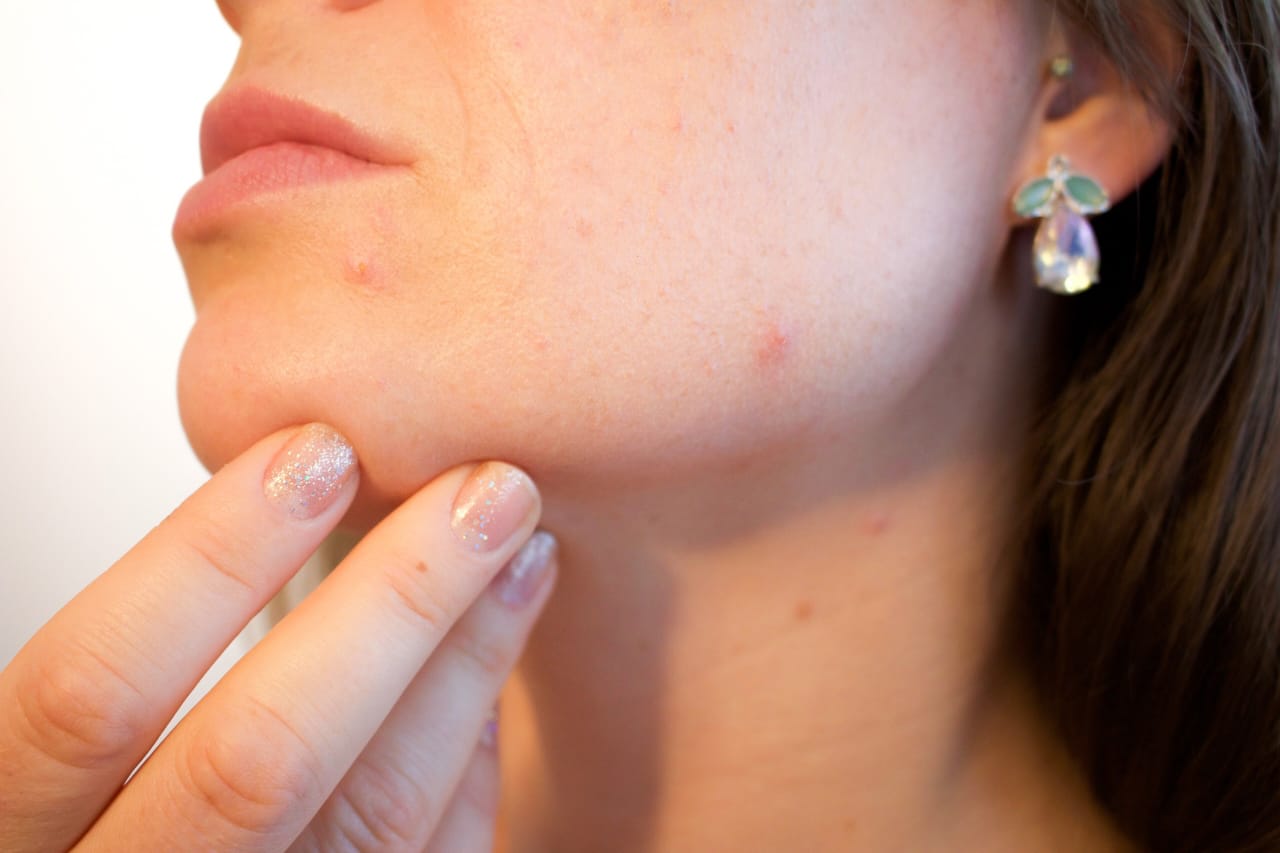Beyond Beauty: The Science and Care Behind Skin Pen Treatment
https://icdrc.org/wp-content/uploads/2024/01/VIPeelSkinPen-1024x948.jpg 1024 948 admin admin https://secure.gravatar.com/avatar/693ccb227eb6527287caaa4e9eb13c6e?s=96&d=mm&r=gI. Introduction Skin Pen After Care
The care after Skin pen treatment, also known as microneedling, has emerged as a revolutionary cosmetic procedure designed to rejuvenate and revitalize the skin. This minimally invasive technique involves the use of a pen-like device equipped with fine needles that create controlled micro-injuries on the skin’s surface. The primary objective is to stimulate the body’s natural collagen and elastin production, promoting skin repair and regeneration.
1. Brief Explanation of Skin Pen Treatment
Microneedling with a skin pen is a cutting-edge cosmetic procedure that addresses a myriad of skin concerns. Ranging from fine lines and wrinkles to scars and uneven skin texture. The device, resembling a pen, is equipped with tiny needles that create controlled punctures in the skin’s surface. This controlled damage triggers the body’s natural healing process, stimulating the production of collagen and elastin—two essential proteins that contribute to skin firmness and elasticity.
The precision of the skin pen allows for customizable treatments, ensuring that specific areas of concern receive targeted attention. Whether your clients are looking to diminish the appearance of acne scars, tighten sagging skin, or simply enhance the overall texture and tone, the versatility of skin pen treatment.
2. Importance of Proper After care for Optimal Results
While the skin pen treatment initiates the rejuvenation process, the significance of proper aftercare cannot be overstated. The immediate post-procedure period is critical, and clients must adhere to specific guidelines to ensure optimal results. Adequate aftercare not only accelerates the healing process but also maximizes the benefits of microneedling.
Proper aftercare involves gentle cleansing of the treated area, application of recommended post-procedure serums, and strict avoidance of direct sunlight and extreme temperatures. These measures are essential to protect the skin as it undergoes the healing phase.
II. Immediate Post-Procedure Care
After undergoing the innovative skin pen treatment, clients must pay close attention to the immediate post-procedure care to facilitate a smooth and effective healing process. The first few hours and days following microneedling are crucial, and clients should follow a comprehensive aftercare routine for the best results.
1. Cleansing the Treated Area Gently
One of the primary steps in immediate post-procedure care is gentle cleansing of the treated area. Emphasize to your clients the importance of using a mild, non-abrasive cleanser to remove any residual serums or topical products applied during the procedure. The goal is to cleanse without causing irritation or disrupting the newly formed microchannels on the skin.
It’s advisable to use lukewarm water and pat the skin dry with a soft, clean cloth. Abrasive scrubbing or harsh cleansers should be avoided during this period to prevent unnecessary trauma to the skin. This careful cleansing routine ensures that the skin remains free of contaminants while promoting a conducive environment for the healing process to unfold.
2. Application of a Recommended Post-Procedure Serum
Following the cleansing step, the application of a recommended post-procedure serum is a crucial aspect of immediate post-procedure care. These serums are specially formulated to soothe the skin, reduce inflammation, and support the natural healing response initiated by microneedling.
Clients should be advised to apply the serum gently, using clean hands or a recommended applicator. The chosen serum should be free from harsh chemicals or potential irritants, promoting a nurturing environment for the skin to recover. Stress the importance of consistency in applying the serum according to the provided guidelines to optimize the benefits and accelerate the healing process.
3. Avoidance of Direct Sunlight and Extreme Temperatures
Equally important in the immediate post-procedure care is the strict avoidance of direct sunlight and exposure to extreme temperatures. The skin is particularly vulnerable during this phase, as well as UV rays can exacerbate irritation and potentially cause long-term damage.
Clients should be instructed to stay indoors as much as possible, especially during peak sunlight hours. If outdoor activities are unavoidable, the use of broad-spectrum sunscreen with a high SPF is non-negotiable. Additionally, extreme temperatures, whether hot or cold, can compromise the healing process, so clients should be encouraged to stay in a comfortable, regulated environment.
By diligently following these immediate post-procedure care guidelines. Clients can contribute significantly to the success of their skin pen treatment, ensuring a faster recovery and optimal results.
IV. Long-Term Care Recommendations
1. Skincare Routine Adjustments
Maintaining the results of your skin pen procedure requires thoughtful adjustments to your skincare routine. As your skin heals and undergoes the rejuvenation process, it’s crucial to adapt your daily care regimen to enhance and prolong the benefits. Here are some key considerations for skincare routine adjustments:
- Gentle Cleansing: Continue using a mild, non-abrasive cleanser to avoid irritation. Consider incorporating a hydrating cleanser to support your skin’s moisture balance, especially if you experience any dryness.
- Moisturization: Long-term skin health relies on adequate hydration. Opt for a nourishing and non-comedogenic moisturizer to maintain skin suppleness. Look for ingredients like hyaluronic acid and ceramides to support your skin’s natural barrier.
- Sun Protection: Sunscreen remains a non-negotiable aspect of your skincare routine. Transition to a daily broad-spectrum sunscreen with at least SPF 30 or higher. Regular sun protection not only safeguards your skin from harmful UV rays but also helps prevent future damage and premature aging.
- Antioxidant Incorporation: Consider adding antioxidants to your routine. These can include vitamin C serums or other products rich in antioxidants to combat free radicals and promote overall skin health.
- Exfoliation: Depending on your skin type and the advice of your skincare professional, gentle exfoliation can be introduced. This aids in removing dead skin cells and promoting cell turnover, contributing to a brighter and more even complexion. However, be cautious not to over-exfoliate, as it may sensitize the skin.
- Consultation with Professionals: Periodically revisit your skincare professional for assessments and adjustments. They can provide personalized recommendations based on your skin’s evolving needs and the desired outcomes.
2. Additional Treatments for Maintenance, If Applicable
In some cases, skin pen procedures may be part of a broader treatment plan. Additional treatments may be recommended to enhance and sustain the results over the long term. These treatments can address specific concerns or provide ongoing maintenance for optimal skin health:
- HydraFacial or Microdermabrasion: These treatments can complement the effects of skin pen by providing gentle exfoliation and hydration. They help keep the skin clear, smooth, and radiant.
- Injectables or Dermal Fillers: For addressing fine lines, wrinkles, or volume loss, your skincare professional may recommend injectables like Botox or dermal fillers. These treatments can work synergistically with skin pen to achieve comprehensive facial rejuvenation.
- Laser Therapy: Depending on your skin concerns, laser treatments may be suggested for issues such as pigmentation, redness, or overall skin texture improvement.
- Platelet-Rich Plasma (PRP) Therapy: PRP, derived from your blood, can be applied topically or injected to stimulate collagen production and enhance the results of skin pen after care.
V. Potential Side Effects and What to Do
Microneedling with a skin pen is generally a safe and effective procedure. But like any cosmetic treatment, it may come with potential side effects. It’s crucial for clients to be aware of these possibilities and understand how to manage them for a smooth post-treatment experience.
1. Explanation of Common Side Effects
Clients should be informed about common side effects that may occur after skin pen treatment. These typically include redness, swelling, and minor bruising at the treated area. These effects are normal reactions to the micro-injuries induced by the skin pen after care and are expected to subside within a few days. It’s essential to emphasize that these side effects are part of the natural healing process and are indicative of the skin’s response to the treatment.
In some cases, clients may also experience mild peeling or flaking as the skin regenerates. This is a positive sign that the skin is undergoing the expected renewal process. However, it’s crucial to distinguish between normal post-treatment effects and any signs of infection or an adverse reaction.
2. Clear Instructions on When to Contact the Skincare Professional
While many side effects are expected and temporary, clients should be provided with clear instructions on when to contact their skincare professional. Encourage clients to reach out if they experience severe pain, prolonged redness, excessive swelling, as well as any signs of infection such as increased warmth, pus, or worsening discomfort.
Timely communication with the skincare professional is essential for proper assessment and guidance. Professionals may recommend additional measures or adjustments to the aftercare routine to address any unexpected reactions. Stress the importance of not self-diagnosing or attempting to treat severe symptoms independently, as this may lead to complications.
3. Recommendations for Managing Minor Discomfort or Irritation
For clients experiencing minor discomfort or irritation, it’s beneficial to provide recommendations for managing these symptoms at home. Reassure clients that mild symptoms are normal and can often be alleviated with simple measures.
Suggest the use of over-the-counter anti-inflammatory creams or ointments as directed by the skincare professional. Emphasize the importance of avoiding harsh skincare products, exfoliants, or vigorous rubbing during the recovery period. Additionally, a cool compress can be applied to reduce swelling and soothe the treated area.
Clients should be reminded to be patient with the healing process and not to panic if they encounter mild side effects. Open communication with the skincare professional ensures that any concerns are addressed promptly, contributing to a positive overall experience with skin pen treatment.
By providing comprehensive information on potential side effects and appropriate actions to take. Clients can navigate the post-treatment period confidently, leading to a successful and satisfying microneedling experience.
Skin pen after care treatment stands as a transformative solution for those seeking to rejuvenate and enhance the quality of their skin. Through controlled micro-injuries, this innovative procedure stimulates the body’s natural healing mechanisms, fostering the production of collagen and elastin for improved texture, tone, and overall radiance.
Guiding clients through the immediate post-procedure care, the first 24 hours, and potential side effects is paramount to their overall satisfaction. By emphasizing the importance of cleanliness, avoiding makeup, and adhering to specific aftercare routines, clients can maximize the benefits of skin pen treatment. Moreover, educating them on potential side effects and providing clear instructions for contacting skincare professionals ensures a well-informed and confident journey through the recovery process.
FAQs
How soon can I wear makeup after skin pen treatment?
- It’s advisable to avoid makeup for the first 24 hours post-treatment to allow the skin to heal. After that, you can gradually reintroduce makeup, ensuring it’s applied gently and with clean tools.
Can I resume my regular skincare routine immediately after the treatment?
- It’s recommended to temporarily pause your regular skincare routine, including exfoliants and harsh products, for the first few days. Follow the skincare professional’s guidance on when to reintroduce specific products.
How long do the results of skin pen treatment last?
- Results vary, but many clients notice improvements in skin texture and tone shortly after the procedure. Long-term results depend on factors like individual skin health and proper skincare maintenance.
What should I do if I experience prolonged redness or swelling?
- If you notice persistent redness, swelling, or any unusual symptoms beyond the expected recovery period, it’s crucial to contact your skincare professional promptly for assessment and guidance.



